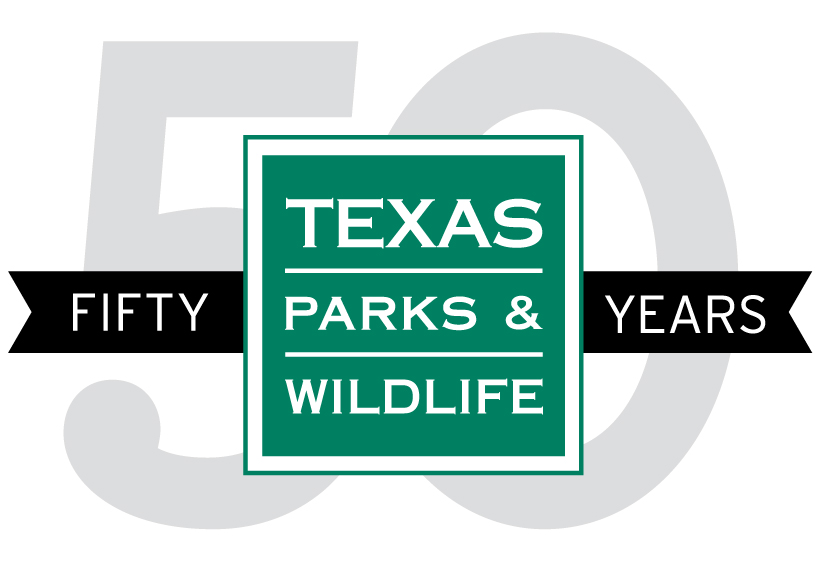The Texas Parks and Wildlife Department hasn’t found new positive evidence of chronic wasting disease in far West Texas, the agency has reported.
Nearly 300 tissue samples were collected from hunter harvested deer and elk from the Trans-Pecos region during the 2013-14 season to test for CWD, and during the past two hunting seasons more than 600 deer and elk have been tested thanks to the cooperation of hunters and landowners who have participated in the state’s hunter check stations.
To date, 617 deer and elk have been tested through the CWD check stations and strategic sampling that occurred during summer 2012; 215 were in the containment zone, 172 were in the adjacent high-risk zone, 57 were in the buffer zone, and 173 were outside the CWD zones. Forty-five of the samples tested from the containment zone were from deer harvested in the Hueco Mountains north of El Paso.
Including the positives reported from last year’s sampling effort, and the three positives reported by New Mexico Game and Fish in 2012, CWD has been detected in nine of 49 deer sampled in the Hueco Mountains.
CWD is a member of the group of diseases called transmissible spongiform encephalopathies. Other diseases in this group include scrapie in sheep, bovine spongiform encephalopathy (mad cow disease) in cattle, and Cruetzfeldt-Jakob disease in humans. CWD among cervids is a progressive, fatal disease that commonly results in altered behavior as a result of microscopic changes made to the brain of affected animals.
An animal may carry the disease for years without outward indication, but in the latter stages, signs may include listlessness, lowering of the head, weight loss, repetitive walking in set patterns, and a lack of responsiveness. CWD is not known to affect humans or livestock.
There is no vaccine or cure for CWD, but steps have been taken to minimize the risk of the disease spreading from beyond the area where it currently exists. TPWD and Texas Animal Health commissions adopted rules to restrict movement of deer, elk, and other susceptible species within or from the CWD zones as well increase surveillance efforts.




















